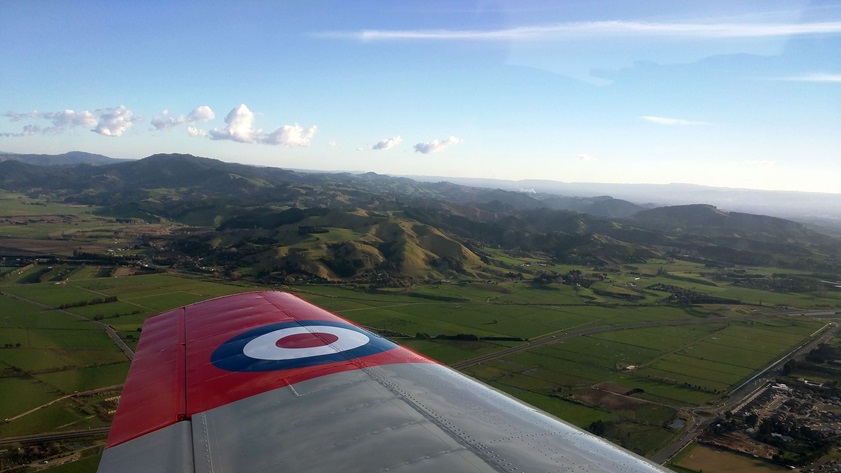Vacation with a bird's-eye view
Tips for renting, borrowing, flying an aircraft overseas
There is nothing better in the world when traveling than getting a bird’s-eye view of a destination. Many times I’ll just bring my own airplane and fly to the destination. But what if the water’s too wide for my airplane to comfortably make the crossing? There are definitely destinations where I’m simply not up to the task of that kind of cross-country. Even if I have to arrive commercially in a “silver tube,” I rarely if ever turn down a chance to go flying in a general aviation aircraft when I’m on vacation.
How do I find these opportunities? I’ll be honest, unless you are going to countries where GA is key for transportation (Australia and New Zealand, I’m looking at you) it could be challenging, but I promise you I have done it, and you can, too.
I also spend some time in the international tent, where pilots from other countries often hang out. At AirVenture there is even a reception for them. It’s a great place to meet people and pick their brains. As English is the lingua franca of aviation, it isn’t difficult—nearly every pilot I’ve ever met from abroad speaks passable English. He or she might not “get” your jokes, but you can definitely communicate about all things aviation.

Here’s what I’ve learned from my research. At the least, you need to sit down with a flight instructor in-country before you can use your pilot certificate in Europe or the United Kingdom. Not surprising. You need the local checkout to rent an airplane, and it will be N-registered if you don’t get a local pilot certificate.
Want to fly in South Africa? The same thing applies, except you will definitely need to get a local pilot certificate, because there are rarely N-registered airplanes available for rent. How about New Zealand? Same. And expect a mountain checkout there because they’ve got ’em!
Once you’ve completed these tasks you’ve still got to navigate fueling the aircraft (if rented dry, without fuel), flight plan filing and opening/closing, and local air traffic control.
My solution? Just take the instructor or a local pilot along for the flight. You’ve got to spend that money one way or another. This way you are in the air sooner, using local knowledge to find the best viewpoints, secluded landing spots (safely), and scenic paths through the countryside.

With good advance research you may even find local pilots who are happy for an excuse to go flying and ask you for little more than the cost of the fuel in return. As a member of an international group such as AOPA or the Experimental Aircraft Association, I’ve been able to find pilots who own aircraft just like mine or similar in spots all over the planet. And the rides? Well, imagine watching whales frolicking just offshore rolling sideways, curious to look you in the eye as you circle. How about an aerobatic lesson in a CAP 10 outside Milan, Italy, using the towering spire of a peak in the Italian Alps in the distance as a fix? Or a jaunt through the French countryside, culminating with a once-in-a-lifetime (for me, anyhow) approach and landing at Paris’ Le Bourget Airport for a visit to its Air and Space Museum? Flying a Chipmunk over the verdant volcanic hills of Tauranga, New Zealand, while my husband fluttered off in a World War I-era Gipsy Moth biplane on a buttery late afternoon spring day left us both in a flight-induced state of bliss I’d do anything to repeat. These kinds of flying adventures can be like that.
I’ll never forget zooming back over the cliffs at Hermanus, near Cape Town, South Africa, in an RV–10. I looked off in the distance at the ever-pervasive tendrils of fog stretching from the cap cloud on Table Mountain, rushing toward the beaches as the air cooled and moved upslope in the late afternoon. I'd driven the entire route before this flight, but in just one hour aloft with a local I'd finally seen it—and I began to understand the diversity and complexity. You don't get that from your window seat in row 27.





